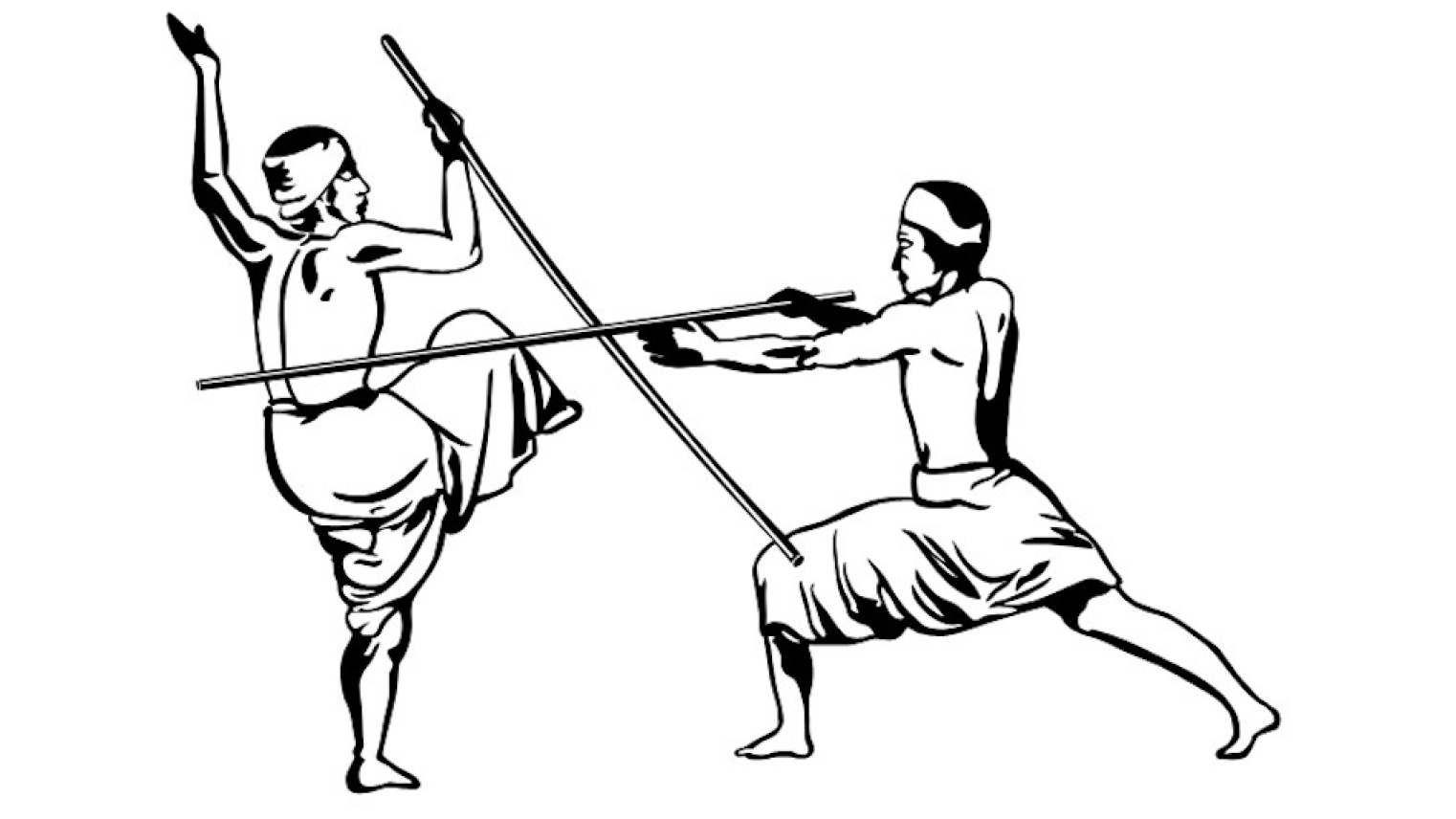Silambam: Twirling into Tamil Combat Tradition

Imagine a sunlit courtyard where the air hums with anticipation. A circle of spectators watches intently as practitioners, clad in traditional attire, prepare for their display. With a swift, practiced motion, a bamboo staff whirls through the air, slicing gracefully with each precise strike. This is Silambam—a centuries-old martial tradition from Tamil Nadu, where each movement combines the power of combat with the finesse of an ancient art.
The Essence of Silambam
Silambam, a traditional Tamil martial art, is renowned for its intricate techniques and fluid movements. Practitioners wield a bamboo staff, known as the "silambam," executing a variety of strikes, blocks, and spins. The art form emphasizes agility, precision, and coordination, requiring intense focus and skill. The techniques of Silambam are not only a demonstration of physical prowess but also a reflection of strategic thinking and deep cultural roots.
A Legacy in Motion
Silambam’s impact extends far beyond its traditional setting. Historically, this martial art has influenced and been influenced by various other martial arts traditions across Asia. The use of bamboo staffs in Silambam bears resemblance to techniques found in Filipino Arnis and Indonesian Pencak Silat. This similarity reflects a broader martial heritage shared through historical trade routes and cultural exchanges between India and Southeast Asia.
Cross-Pollination with Southeast Asian Arts
The cross-pollination between Silambam and Southeast Asian martial arts showcases a shared evolution of combat techniques. The striking patterns and defensive maneuvers seen in Silambam can be traced in Filipino and Indonesian martial arts, indicating a rich interchange of knowledge across regions. These interactions highlight the adaptability of Silambam and its role in shaping and being shaped by other combat practices.
Influence on Modern Combat Sports
Silambam's techniques have found their way into modern combat sports and self-defense systems. The principles of precision, timing, and fluidity that define Silambam resonate with contemporary martial arts such as Krav Maga and mixed martial arts (MMA). The strategic and tactical elements of Silambam contribute to a practitioner's ability to anticipate and counter opponents, demonstrating the art's enduring relevance and versatility in today's combat sports landscape.
A Cultural Icon
Silambam is more than a martial art; it is a vibrant expression of Tamil culture. Traditionally performed during festivals and ceremonies, it embodies a rich cultural heritage that continues to captivate audiences around the world. Its integration into global martial arts events and its influence on other combat disciplines underscore its significance as both a historical and contemporary practice.
Experience Silambam
Whether you are a martial arts enthusiast or someone intrigued by cultural traditions, experiencing Silambam is a journey into the heart of Tamil heritage. Witnessing or participating in Silambam offers a glimpse into a rich tradition that combines the rigor of martial training with refined skill. Join us to experience the dynamic movements of Silambam and appreciate the artistry and discipline that define this ancient martial art. It’s a celebration of history, culture, and skill—one strike at a time.
